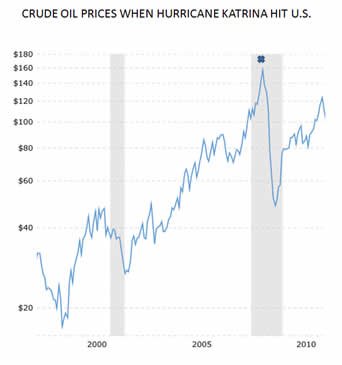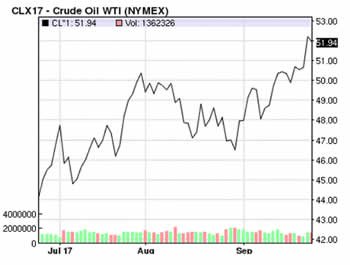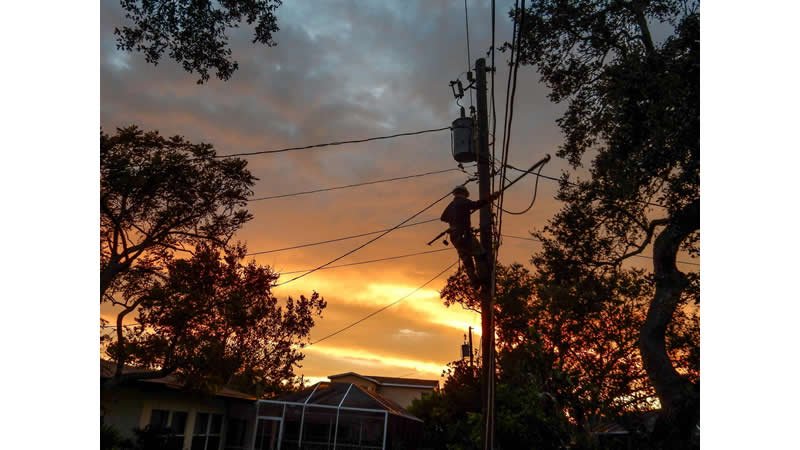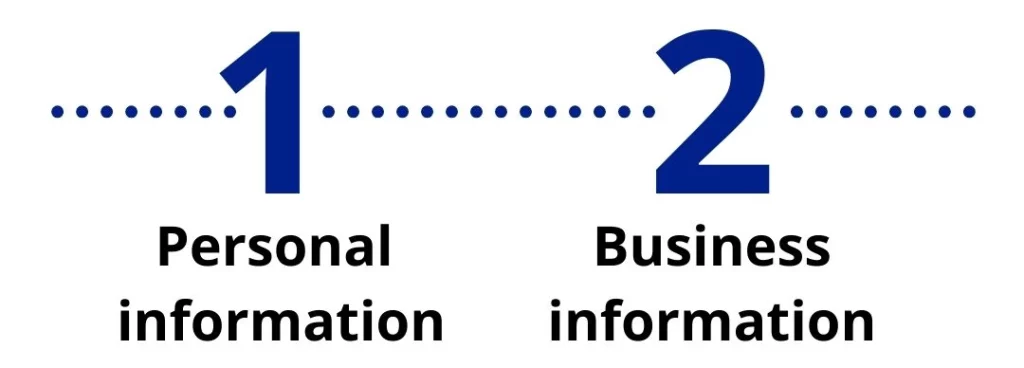It is post-Hurricane Irma in Central Florida and we have made it through a rough week. The storm on September 10th brought damage to property and widespread power outages. The power outages kept many businesses closed for most of the following week. Gradually some restaurants and retail stores opened back up. We kept busy cleaning up debris, helping others clean up debris, and making sure our neighbors and friends had water, food and the basics, while trying our best to stay cool.
Most of us in this area had power restored within 4-5 days. During those days temperatures crept into the 90s and the humidity rolled back in. You either had a generator and ran fans or a portable air conditioner or took refuge somewhere that had air conditioning. Many spent long hours in restaurants or walking around Walmart rather than spending time at home with no power. One thing for sure, you get to know your neighbors a lot better in a disaster like this. It brings people together and you see the goodness in people shine.

We dodged a bullet here in Central Florida. South Florida will take months to recover and I can’t even imagine what Texans have been going through post-Hurricane Harvey. And now we have Hurricane Maria’s damage in Puerto Rico, not to mention the earthquake in Mexico!
Natural disasters can take away the life style we are accustomed to and get you thinking about the fragility of our society. Lessons have to be learned from these experiences.
Here in Central Florida there were some neighborhoods that had updated infrastructure including underground power lines that never lost power. While in older neighborhoods where the equipment is not modern, to say the least, power goes out in regular storms routinely. Irma knocked it out for days. This is the type of infrastructure that needs to be updated in places where storms like this can happen.
 One of the consequences of natural disasters is what happens to the costs of different types of energy afterwards. You will remember Hurricane Katrina hit the U.S. in August of 2005. Gas prices immediately went up as much as 40 cents per gallon in a couple days. Post-Hurricane Irma we have seen gas prices creeping up locally. After Hurricane Harvey the entire nation saw an increase in gas prices.
One of the consequences of natural disasters is what happens to the costs of different types of energy afterwards. You will remember Hurricane Katrina hit the U.S. in August of 2005. Gas prices immediately went up as much as 40 cents per gallon in a couple days. Post-Hurricane Irma we have seen gas prices creeping up locally. After Hurricane Harvey the entire nation saw an increase in gas prices.
Natural gas production lessened after Hurricane Katrina and prices spiked. This raised cost of electricity.
At that time crude oil was at $85.79 per barrel. The crude oil price crept up till June, 2009 when it reached $157.04 per barrel.
In recent times, September, 2017 the crude oil price has averaged $49.76 per barrel. It went as low as $29.49 in January, 2016. The price per barrel has been hovering between $30 to $60 per barrel since January, 2015. It has been trending upwards since the end of August when Hurricane Harvey hit Texas.
 All of these fluctuations in the price of oil affect the costs of electricity and natural gas. Natural gas prices, which have been at long term lows, are trying to jump into new higher ranges since Harvey as well.
All of these fluctuations in the price of oil affect the costs of electricity and natural gas. Natural gas prices, which have been at long term lows, are trying to jump into new higher ranges since Harvey as well.
At Consumer Energy Solutions we take all this information to heart. We really do help people with their energy costs. With all this fluctuation in energy prices, if you have a rate locked in for 1 to 3 years—these fluctuations will not affect your energy bills! Rates can climb fast and natural disasters can have huge impacts on energy production and distribution.
Don’t wait, if you are in a deregulated state call us today at 1-866-748-2669 to get a Free Rate Analysis and find out if we can lock in a better rate for you.



